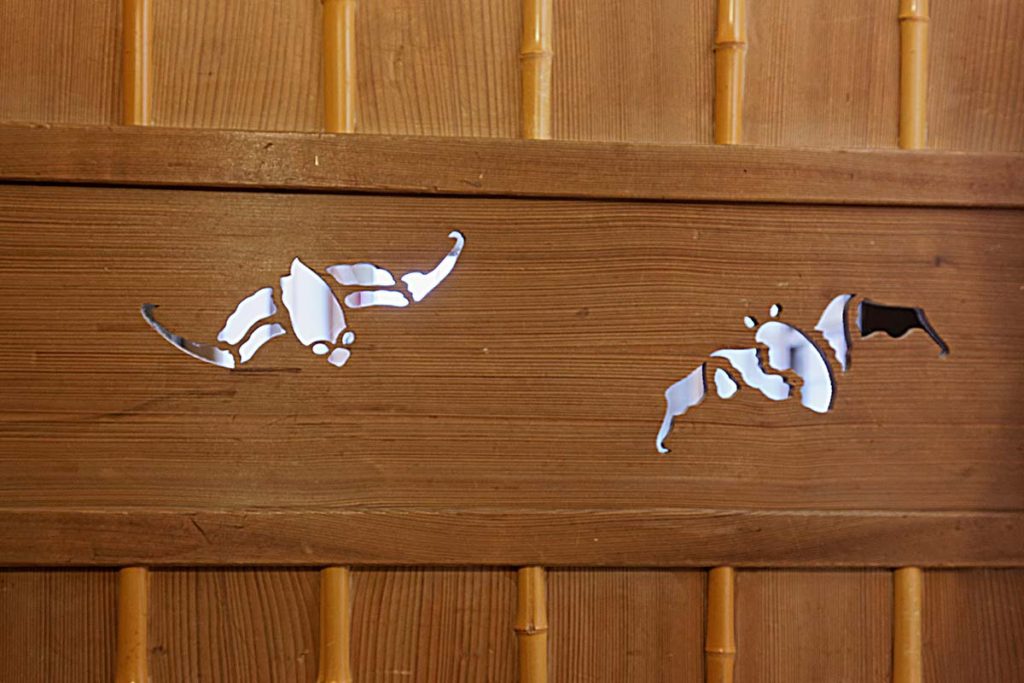About FUKUZUMIRO
About FUKUZUMIRO
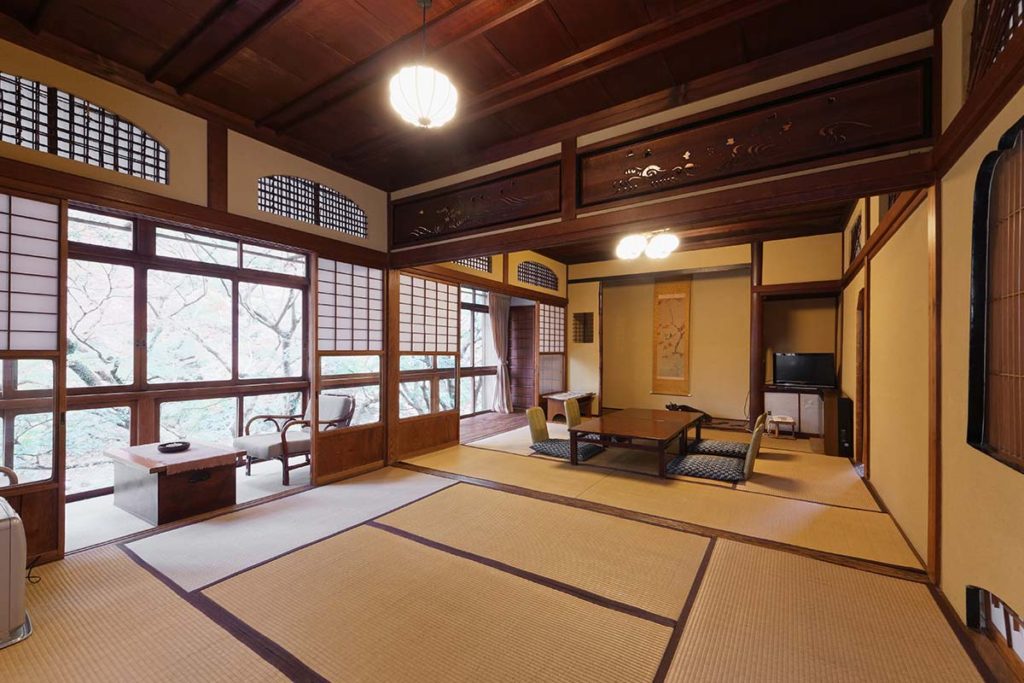
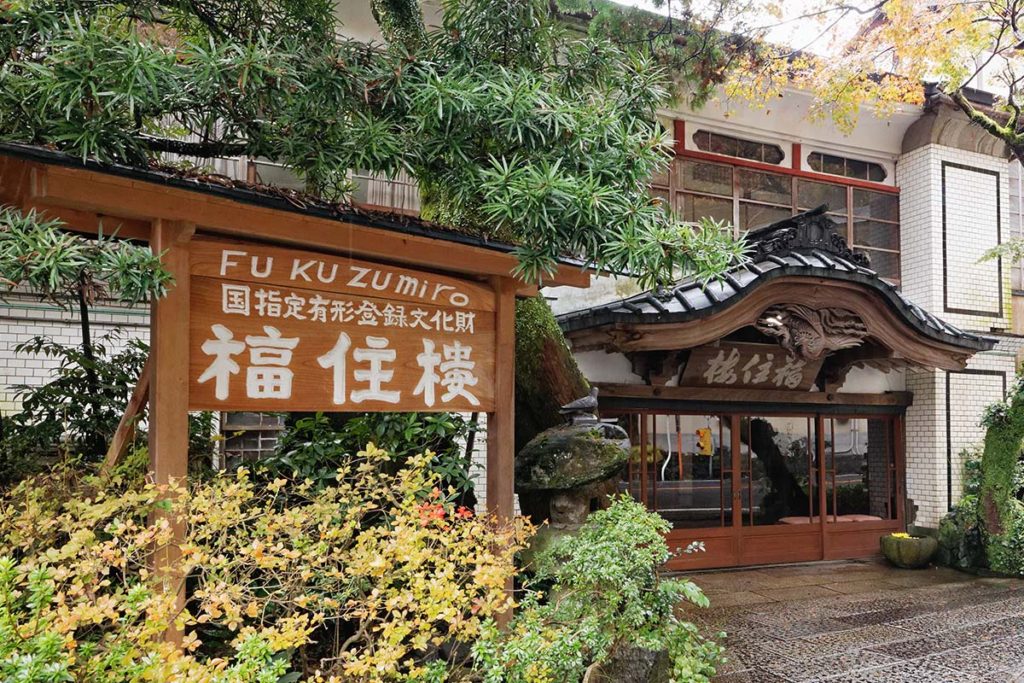
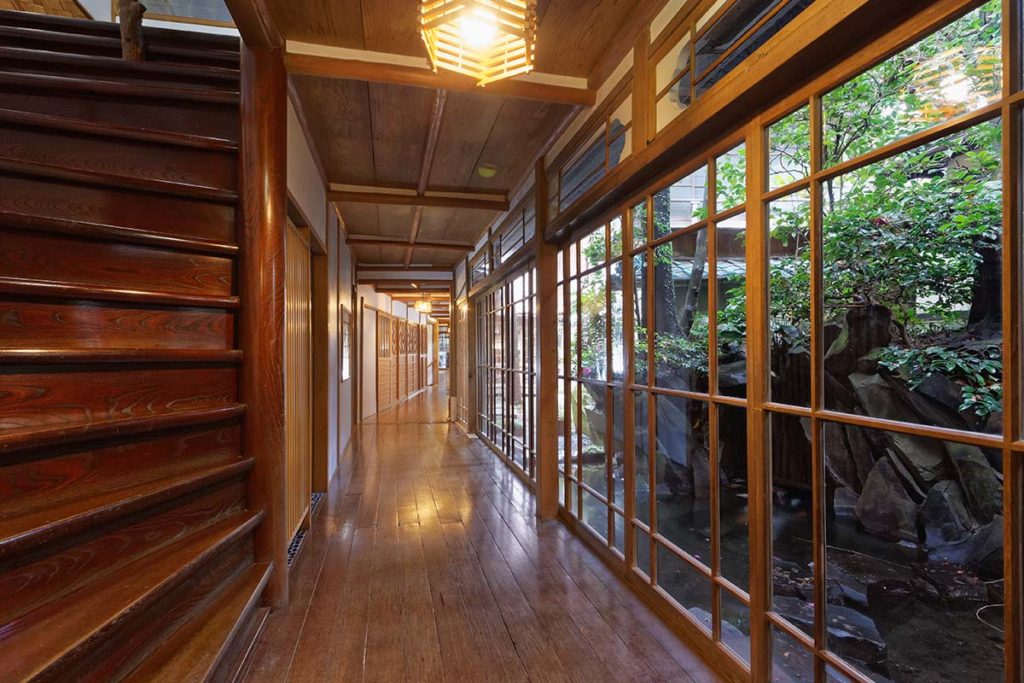
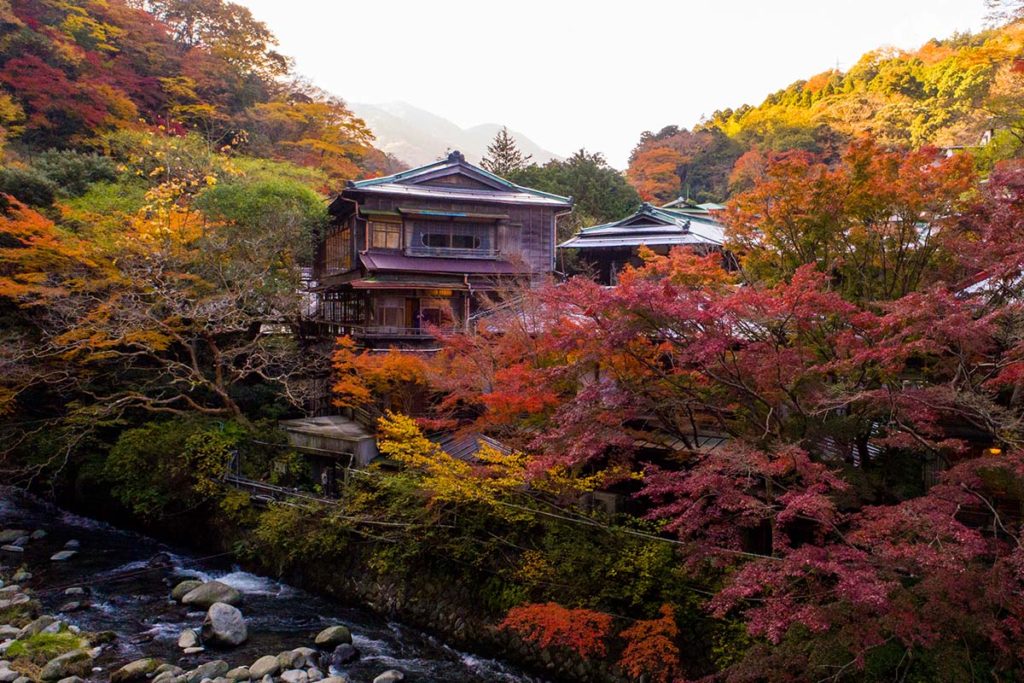
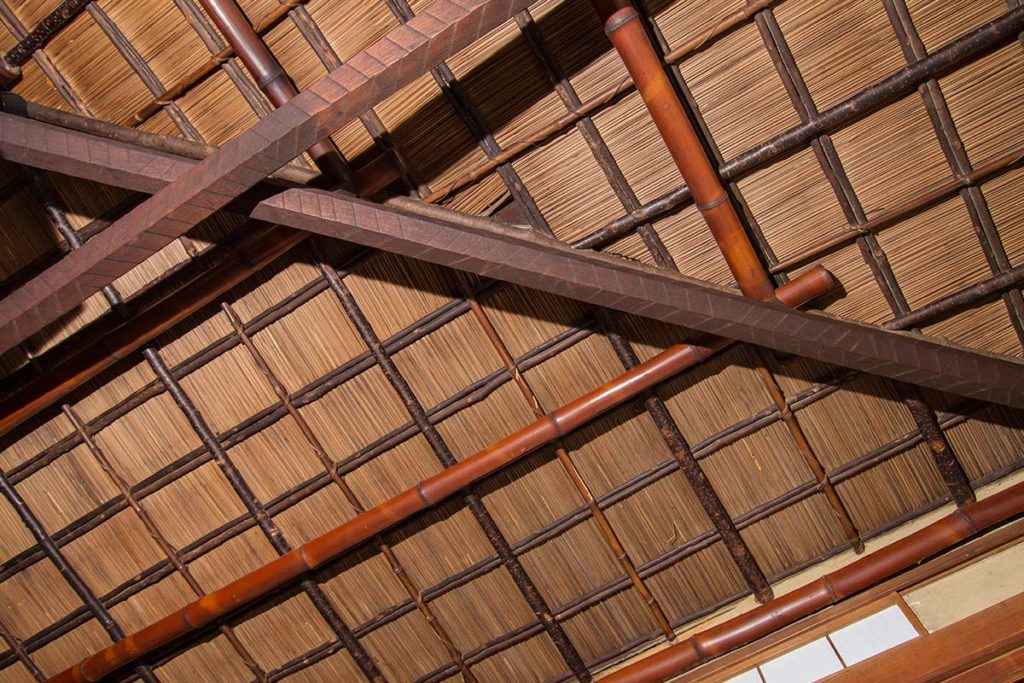
he building is three-story wooden consisting of 17 rooms with different design. Most of our rooms are made in classical style without bathroom.
A great number of writers, calligraphers, and artists have loved staying in this hotel. For example, Fukuzawa Yukichi, Natsume Souseki, Shimazaki Toson, Iwaya Sazanami, Takeshima Hagoromo, Osaragi Jiro, Kawabata Yasunari, Satomi Ton, Yoshikawa Eiji, Hayashi Fumiko, Tamura Taijiro, and Hojo Hideji;
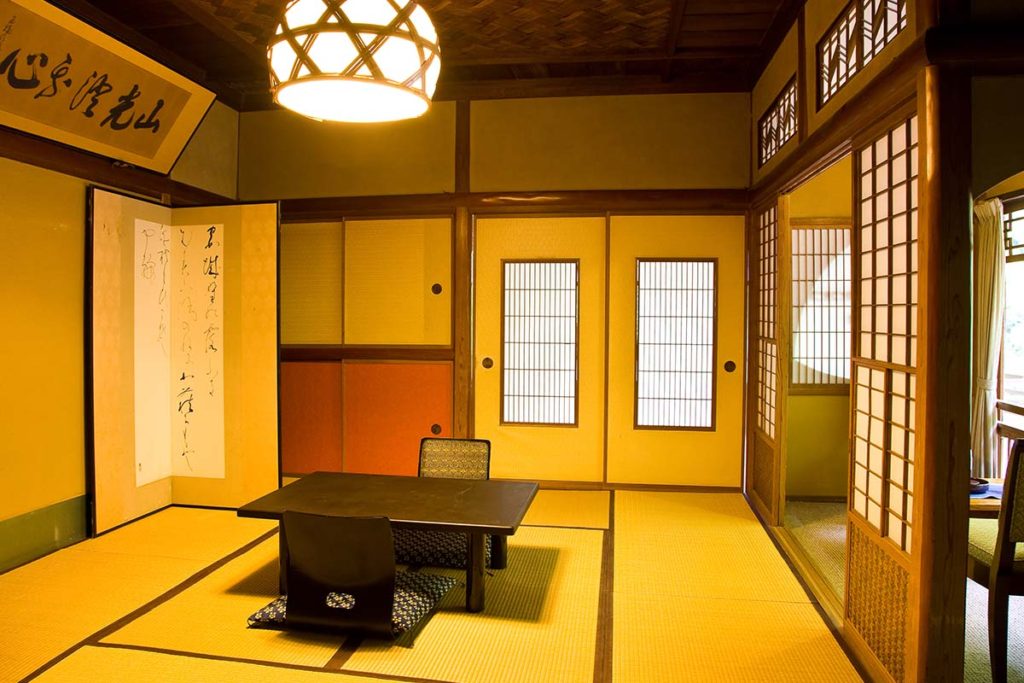
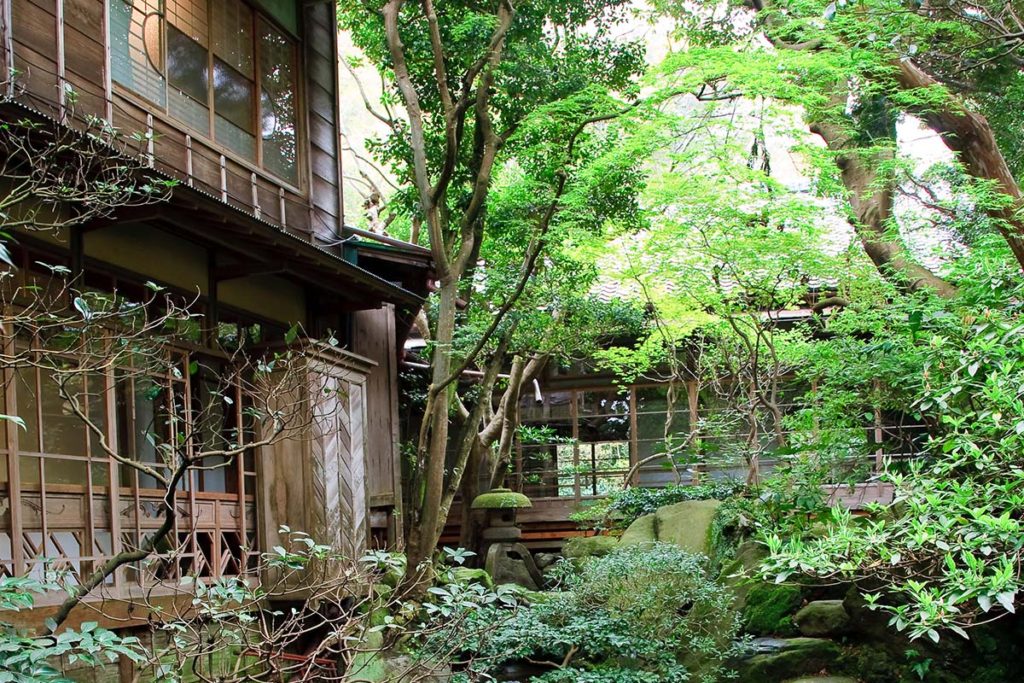
Painters were, Kawai Gyokudo and Hirafuku Hyakusui; Calligraphic artists were, Meikaku Kusakabe and Nakamura Randai; and Actors were, the great actor in “Muhomatsu-no-issho”, Tsumasaburo Bando.
History
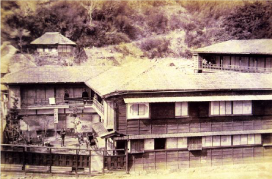
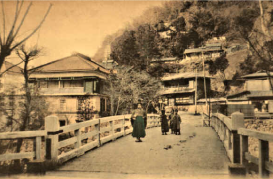
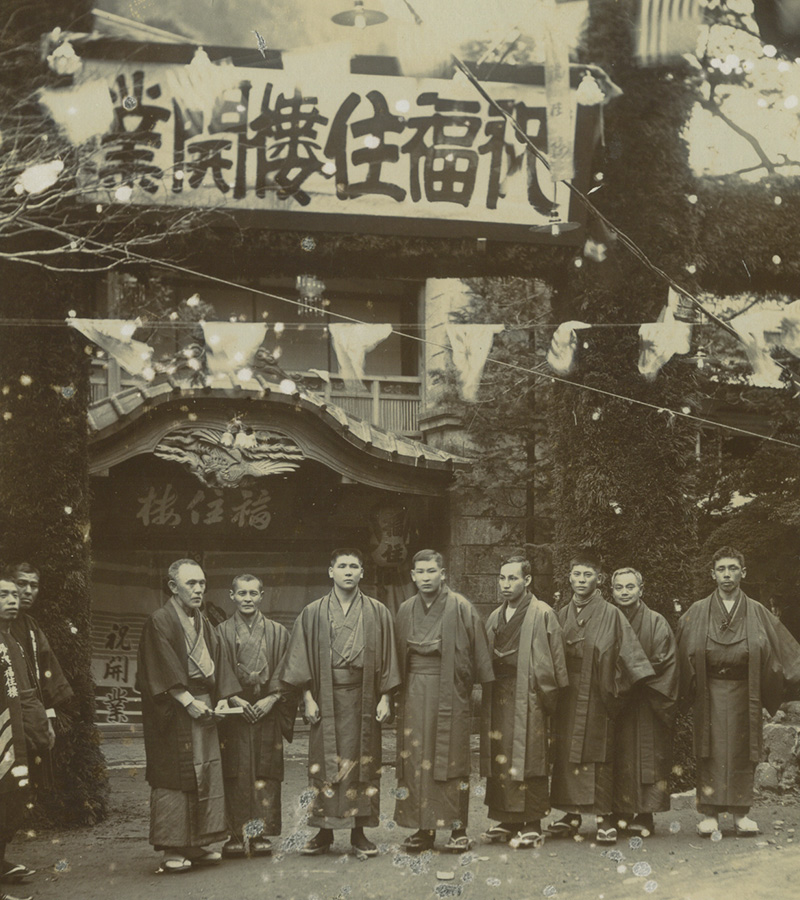
Hakone Tonosawa Spa is said to have been discovered by the Buddhist priest in 1604. Fukuzumiro was established in 1890 (23 in the Meiji Era).
The building was totally destroyed 20 years after it was established in a disastrous flood in August 1910 that hit entire Kanto area.
The owner bought Sensin-rou Tamano-yu hotel in December 1910, only 3 months later, which was at the foot of the Chitose-bridge that spans the Hayakawa stream, 200 meters downstream from Yumoto town.
And he named it Fukuzumiro to restart his business.
About the hotel building
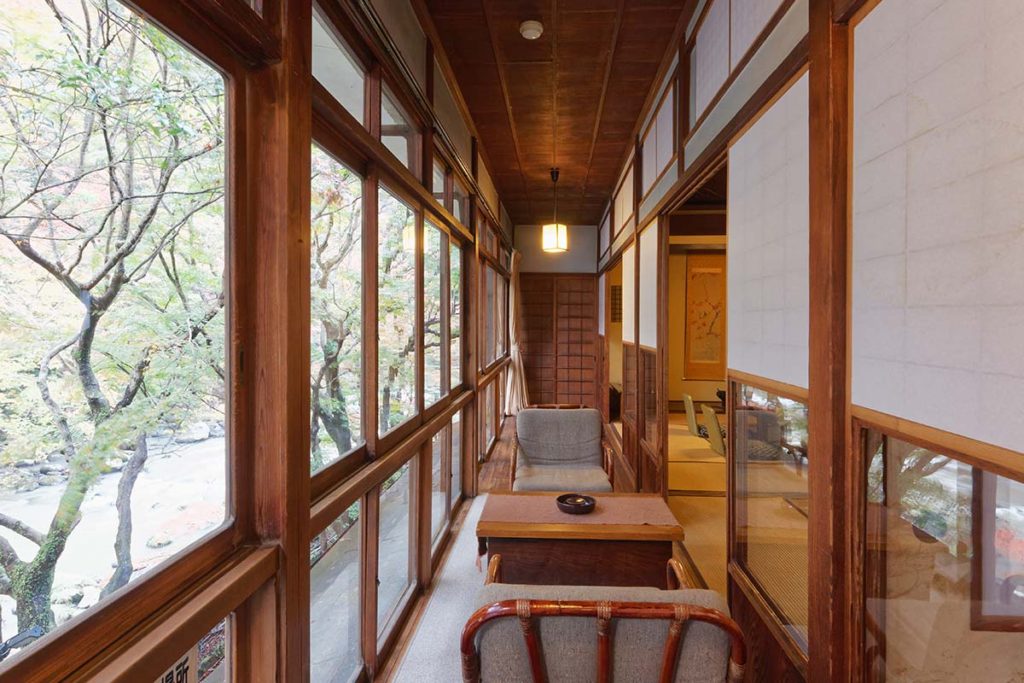
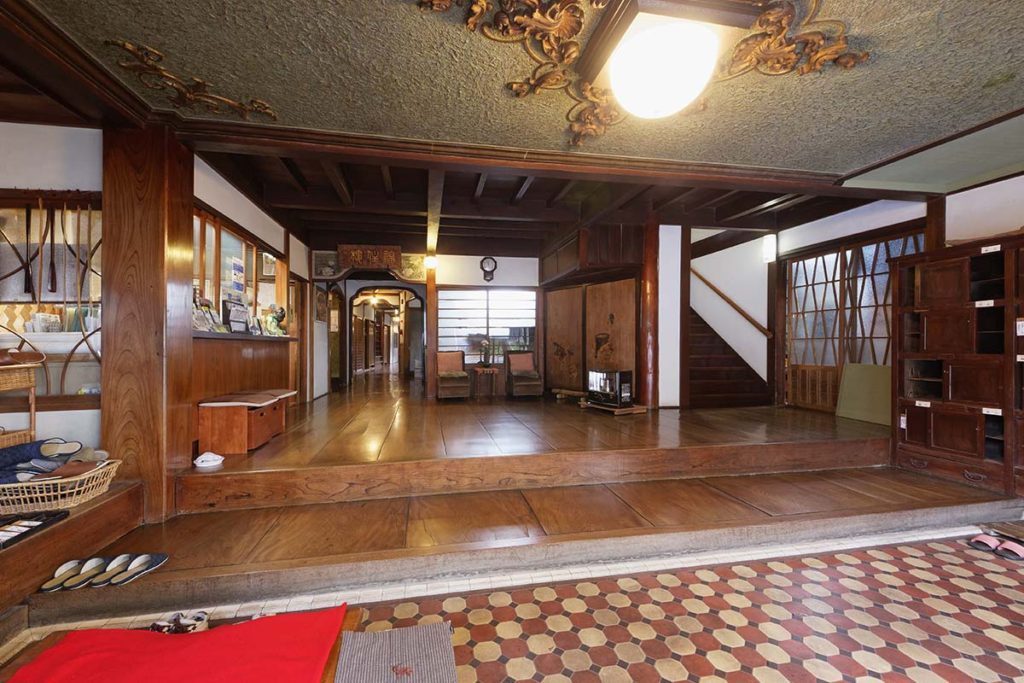
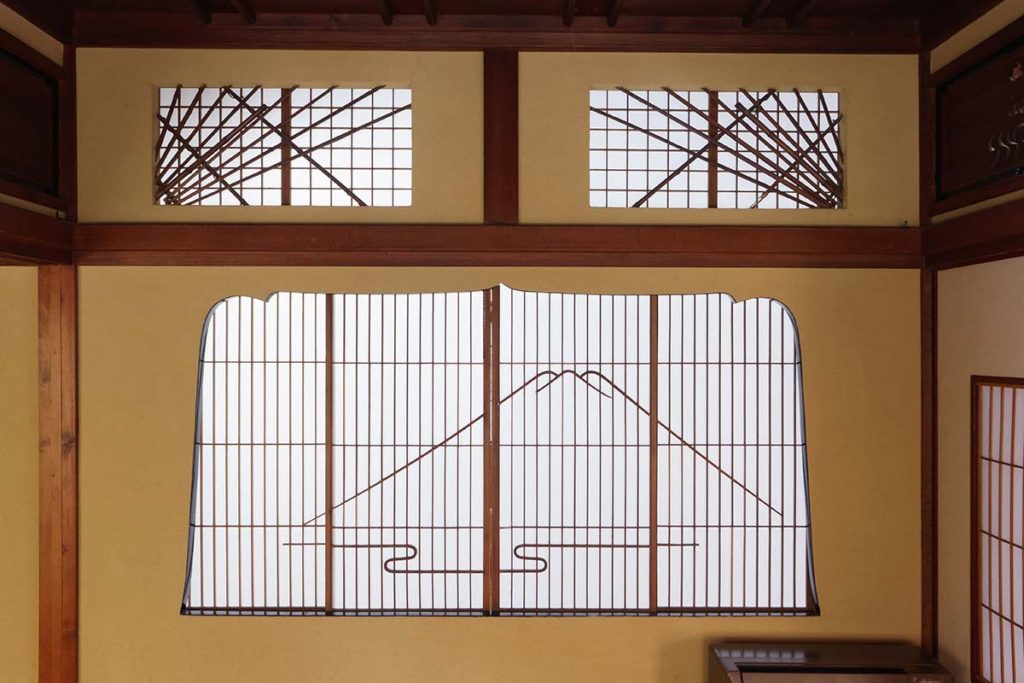
This is an evaluation of the building by Mr. Kiyoshi Yasui, who understood the building of the hotel and cooperated in the maintenance.
He is a leading figure in traditional architecture, and is involved in the relocation of the national tea room "Nyoan", the repair of Katsura Imperial Villa in Showa, the construction of the Japanese gallery in the Metropolitan Museum of Art, and the construction of Kyomachiya in Boston.
He died in 2011.
Excerpt from "Kyoto News" published by Kyoto Society of Architects and Engineers 2006/07
The symbol of Fukuzumiro is the “Lucky bats”. You can find the carvings of bat at some places in the building. According to the old China saying, the bat brings 5 lucks.
①Long life
②Wealth
③No pain
④Virtue
⑤The will of heaven
Hope you find the Lucky bats and bring back luck with you
